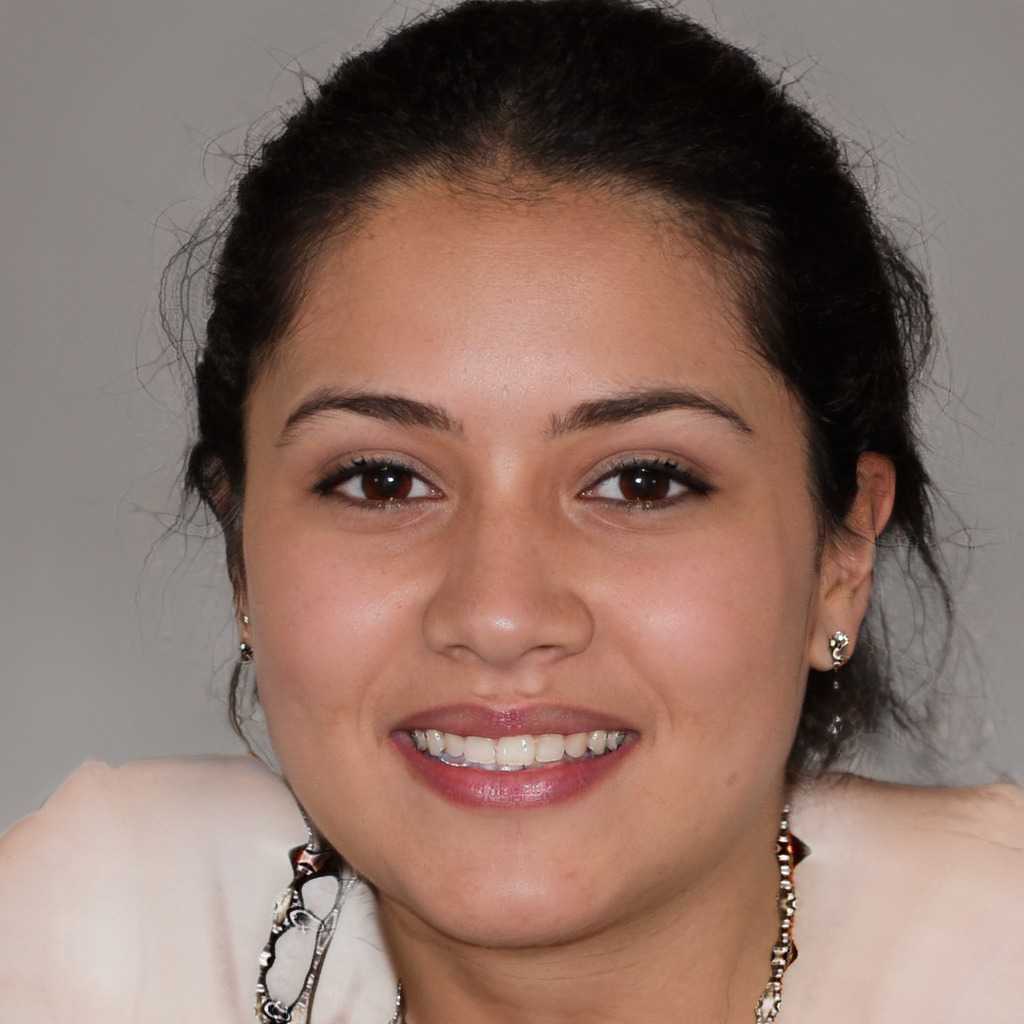When it comes to betting or making predictions, many people assume that odds and probability are interchangeable. But that’s a dangerous misconception. Understanding the gap between these two concepts can be the key to making smarter decisions and maximizing your returns.
I’ve seen countless individuals lose money simply because they didn’t grasp how odds differ from true probability. By recognizing this distinction, you can turn the tables in your favor. In this article, I’ll dive into why odds don’t equal probability and share strategies to exploit that gap for better outcomes in your betting endeavors.
Let’s unlock the potential for smarter betting together.
Understanding Odds and Probability
Understanding odds and probability remains crucial for making informed betting decisions. I often see bettors confuse these terms, leading to misguided strategies.
Definitions and Differences
Odds express the likelihood of an event occurring, often presented as ratios or fractions. For instance, if a team has odds of 3:1, a $1 bet returns $3 when they win. Probability, however, quantifies this likelihood as a percentage.
A 3:1 odds translates to a 25% probability of winning. The key difference lies in how each concepts presents success likelihood. Odds frequently obscure true probabilities, causing bettors to misjudge potential risks and rewards.
Common Misconceptions
Many bettors assume odds directly represent probability, which isn’t true. For example, bookmakers often set odds favoring the house, adjusting them to ensure profit margins. This means betting odds may imply lower probabilities than reality.
Misunderstandings deepen as some bettors insist on interpreting odds mathematically instead of probabilistically. Recognizing this gap is essential for optimizing betting strategies and enhancing potential returns.
The Mathematics Behind Odds and Probability
Understanding the mathematics of odds and probability clarifies why they’re not interchangeable. I explore how to calculate each and apply these concepts effectively in betting scenarios.
Calculating Odds
Odds are calculated based on the ratio of successful outcomes to unsuccessful outcomes. For instance, if I consider a betting scenario where an event can occur in 4 ways resulting in a win and 1 way resulting in a loss, the odds would be 4:1. This means for every 1 loss, there are 4 expected wins. To convert these odds into a decimal format, the formula is:
Odds = (Number of Successful Outcomes) / (Number of Unsuccessful Outcomes)
In the previous example, that’s 4/1 which equals 4.0 in decimal odds. Understanding odds helps me identify potential payouts. Bookmakers often set odds to ensure a profit margin, so calculating true odds is essential to effective betting.
Calculating Probability
Probability quantifies the likelihood of an event occurring, expressed as a percentage. The formula I use is:
Probability = (Number of Successful Outcomes) / (Total Number of Possible Outcomes)
For example, if I have 4 successful outcomes and 5 total possible outcomes, the probability is 4/5 or 0.8, translating to an 80% likelihood of winning. This percentage offers a clearer understanding of risk compared to odds, making it easier for me to assess if a bet represents value.
Recognizing the difference between odds and probability, and how to calculate both, equips me with the tools to make informed betting decisions. By leveraging these calculations, I can exploit discrepancies between bookmakers’ odds and true probabilities for better betting outcomes.
Real-World Examples
Understanding the difference between odds and probability can significantly enhance betting strategies. Here are practical examples in sports betting and financial markets.
Sports Betting
In sports betting, odds can misrepresent the underlying probabilities of winning. For example, consider a football match where Team A has odds of 2:1. This suggests a 33% implied probability (1/(2+1)).
If I assess Team A’s actual chance of winning as 50%, this discrepancy of 17% indicates a valuable betting opportunity. Betting on Team A becomes a strategic choice given that the implied odds do not align with my calculated probabilities.
Financial Markets
In financial markets, the distinction between odds and probabilities also plays a crucial role. Brokers might quote odds of 5:1 for a stock to rise, implying a 16.67% chance of success. If my analysis suggests a 30% chance of the stock increasing in value, I spot a gap.
This insight allows me to make informed decisions, such as investing more heavily when my probability assessment significantly diverges from the market’s odds, maximizing my potential return.
Strategies to Exploit the Gap
Understanding the gap between odds and probability opens up opportunities for strategic betting. Implementing effective strategies can significantly improve outcomes.
Identifying Value Bets
Identifying value bets involves comparing bookmaker odds to my assessment of an event’s true probability. I calculate the implied probability from the odds and look for discrepancies. For example, if a bookmaker offers odds of 3:1 for an event, the implied probability is 25%. If I determine the event’s true probability is closer to 40%, that difference signals a value bet.
To find value bets, I focus on these aspects:
- Research: Analyze team performance, player conditions, and historical data.
- Comparison: Compare odds across multiple bookmakers. Variations can reveal value.
- Informed Judgment: Utilize personal expertise and analysis instead of solely relying on bookmaker odds.
By consistently identifying value bets, I maximize my potential for profitable betting.
Risk Management Techniques
Risk management techniques protect my bankroll while maximizing potential returns. These strategies ensure responsible betting and minimize losses. Key techniques include:
- Bankroll Allocation: Define a specific percentage of my bankroll for each bet. This approach prevents significant losses.
- Staking Strategies: Implement flat betting or proportional betting. Flat betting involves betting a fixed amount, while proportional betting adjusts stakes based on confidence levels.
- Loss Limits: Set loss limits for single sessions or overall betting periods. Once I hit these limits, I cease betting to prevent impulsive decisions.
- Diversification: Spread bets across different events or markets. This minimizes risk by avoiding overexposure to one outcome or event.
Effectively managing risk helps protect my capital and sustain long-term betting success.

 Rose Melvinosic infused Wager Legend Zone with creativity, community, and brand identity. With a background in marketing and storytelling, she crafted the platform’s voice and outreach strategy, connecting the betting community through compelling narratives and legendary wager features. Her focus on user engagement and visual branding helped shape the site into a recognizable and relatable destination for bettors seeking more than just numbers—a space where passion and precision meet.
Rose Melvinosic infused Wager Legend Zone with creativity, community, and brand identity. With a background in marketing and storytelling, she crafted the platform’s voice and outreach strategy, connecting the betting community through compelling narratives and legendary wager features. Her focus on user engagement and visual branding helped shape the site into a recognizable and relatable destination for bettors seeking more than just numbers—a space where passion and precision meet.